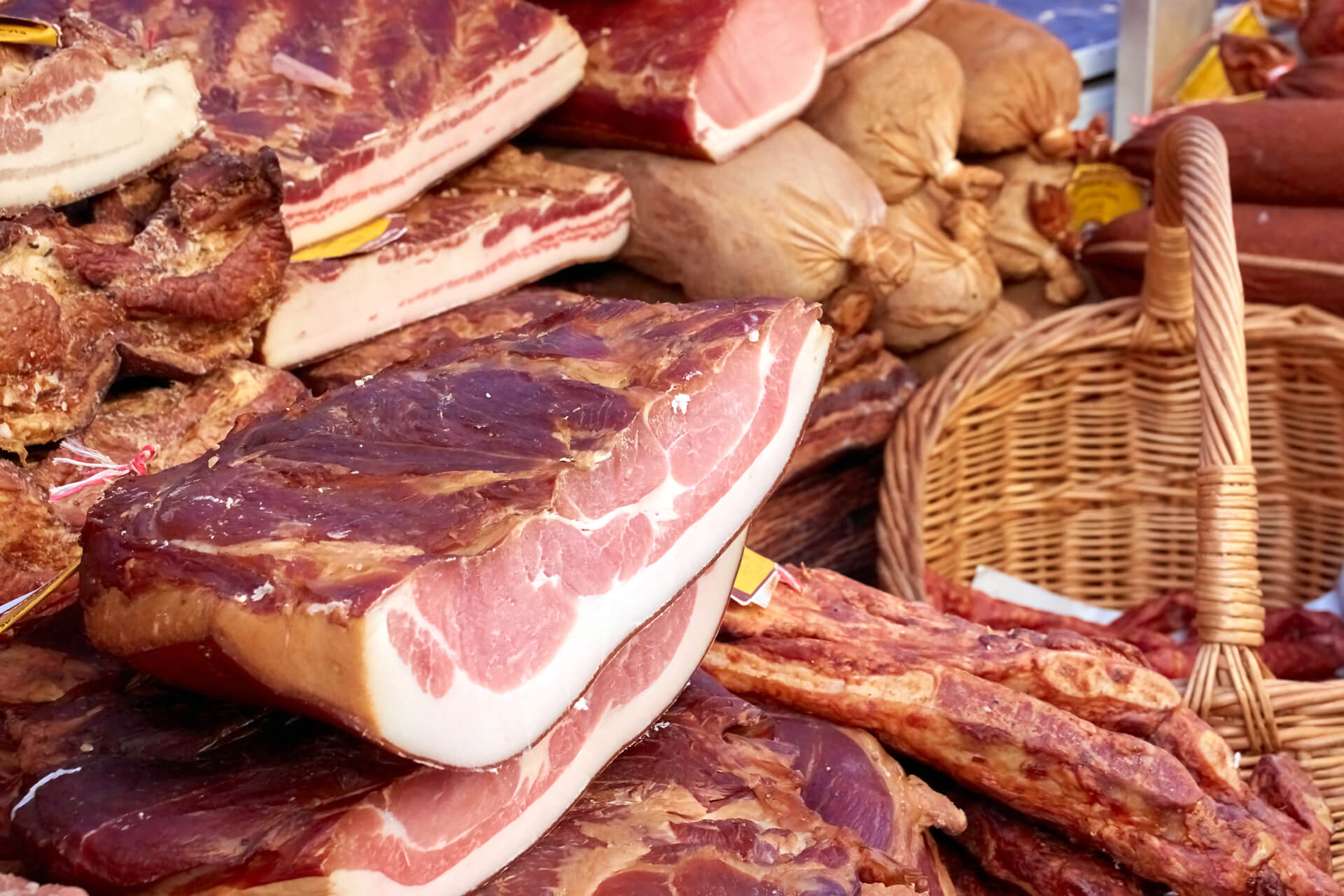Bagley Farms Meat Market Edwardsville IL: Your Relied On Resource for High-Quality Meats
Bagley Farms Meat Market Edwardsville IL: Your Relied On Resource for High-Quality Meats
Blog Article
Reveal the Art of the Butcher's Cut in a Modern Meat Market
In the ever-evolving landscape of contemporary meat markets, the butcher's cut has transcended its standard origins, merging old-time workmanship with contemporary methods. What genuinely establishes the modern-day butcher apart is their capability to build a deeper connection between consumers and the beginnings of their meat.
Advancement of Butchery Strategies

The mid-20th century saw butchery techniques further fine-tuned by scientific understandings into muscle mass biology and meat aging, improving both inflammation and preference. Technologies like vacuum cleaner packaging and refrigeration extended product shelf-life, allowing butchers to expand offerings and improve high quality control. This duration additionally noted the rise of specialized equipment, such as band saws and meat slicers, which enhanced accuracy and performance in meat handling.
The 21st century has introduced digital technology into the butchery realm. Electronic systems now assist in tracking animal provenance and maximizing cuts to satisfy certain consumer choices. In addition, a renewal in artisanal butchery has arised, mixing standard abilities with modern-day expertise to deal with consumers seeking honest and sustainable meat choices. This evolution underscores a dynamic interplay in between tradition and development, conference contemporary needs while maintaining the craft's heritage.

Understanding Meat Cuts

Understanding the complexities of meat cuts is necessary for both butchers and customers looking for top quality and value. For butchers, specific cuts reflect skill and respect for the craft, making sure marginal waste and optimal return.
The key classifications of meat cuts consist of primal, sub-primal, and retail cuts. Butchers then break these down better into sub-primal cuts, prior to ultimately generating retail cuts readily available to consumers, like ribeye or tenderloin.
Understanding muscular tissue structure is crucial; muscles used more frequently by the pet have a tendency to be tougher and are best matched for sluggish food preparation methods, while less-used muscular tissues, like those located in the loin, are more tender and suitable for grilling or roasting. Familiarity with these distinctions equips customers to make informed choices, improving their cooking endeavors.
Picking High Quality Meat
Choosing the right meat includes more than just choosing a visually appealing item from the display. The great site art of selecting quality meat needs a critical eye and understanding of particular features that represent quality and excellence.
Secondly, take into consideration the marbling, which describes the white flecks of fat within the muscle. Proper marbling is an essential indicator of tenderness and flavor, as it thaws during cooking, enhancing the meat's juiciness. Bear in mind, higher marbling frequently correlates with premium high quality cuts, such as USDA Prime.
Appearance is an additional important element; meat must really feel firm to the touch, not slimed or excessively soft. Furthermore, bear in mind the aroma. Fresh meat must have a tidy, neutral scent, cost-free from any type of sour or repulsive odors.
Matching Cuts With Food Preparation Techniques
Successfully coupling cuts of meat with the proper cooking approaches is necessary for achieving optimal taste and structure. Different cuts differ in tenderness, marbling, and connective cells content, each calling for details methods to open their potential. Tender cuts like filet mignon and ribeye, with their inherent marbling, benefit from high-heat, quick-cooking techniques such as barbecuing or pan-searing. These approaches boost the meat's natural tastes and ensure a juicy finish.
On the other hand, tougher cuts like brisket and chuck roast are rich in collagen, which damages down right into gelatin when cooked slowly. These cuts are optimal for braising or slow-moving roasting, enabling the meat to tenderize in time and develop deep, intricate useful content flavors. Likewise, cuts such as brief ribs and pork shoulder make out well with slow-cooking techniques, where extended cooking times transform their durable appearances into delicious meals.
Lamb shanks and oxtail, which require long term cooking to tenderize, are excellent prospects for cooking or slow-moving simmering. These methods coax out abundant, passionate tastes while keeping dampness. By comprehending the special characteristics of each cut, cooks and home chefs alike can boost their cooking creations, making sure each recipe is both pleasing and memorable.
The Butcher's Role Today
Navigating the advancing landscape of the contemporary meat market, look here the butcher's duty today expands beyond mere preparation of cuts. Contemporary butchers are cooking craftsmens, teachers, and supporters for sustainable practices.
Along with crafting accurate cuts, butchers now engage directly with consumers, supplying cooking recommendations and customizing choices to fit private demands and choices. Their proficiency in meat aging, marbling, and flavor profiles encourages consumers to make informed decisions, improving their cooking experiences. This individualized service exemplifies the butcher's developing function as a relied on consultant in the cooking area.
Furthermore, butchers are critical in lessening waste, using entire pets to create diverse items such as sausages and supplies - bagley farms meat market edwardsville il. This thorough approach not just appreciates the pet however additionally lines up with modern sustainability goals. In this way, the modern-day butcher embodies both practice and innovation, adapting to an ever-changing market while preserving the creativity and stability of their craft

Final Thought
The contemporary butcher's craft elaborately weaves conventional strategies with contemporary technologies, stressing lasting methods and moral sourcing. Proficiency in recognizing varied meat cuts and quality indications empowers butchers to offer enlightened referrals, aligning certain cuts with optimum food preparation methods. This expertise not only boosts culinary experiences yet likewise reinforces the link between customers and the beginnings of their food. By honoring historic techniques while accepting modern demands, the butcher's function stays essential in today's sophisticated meat market.
Report this page